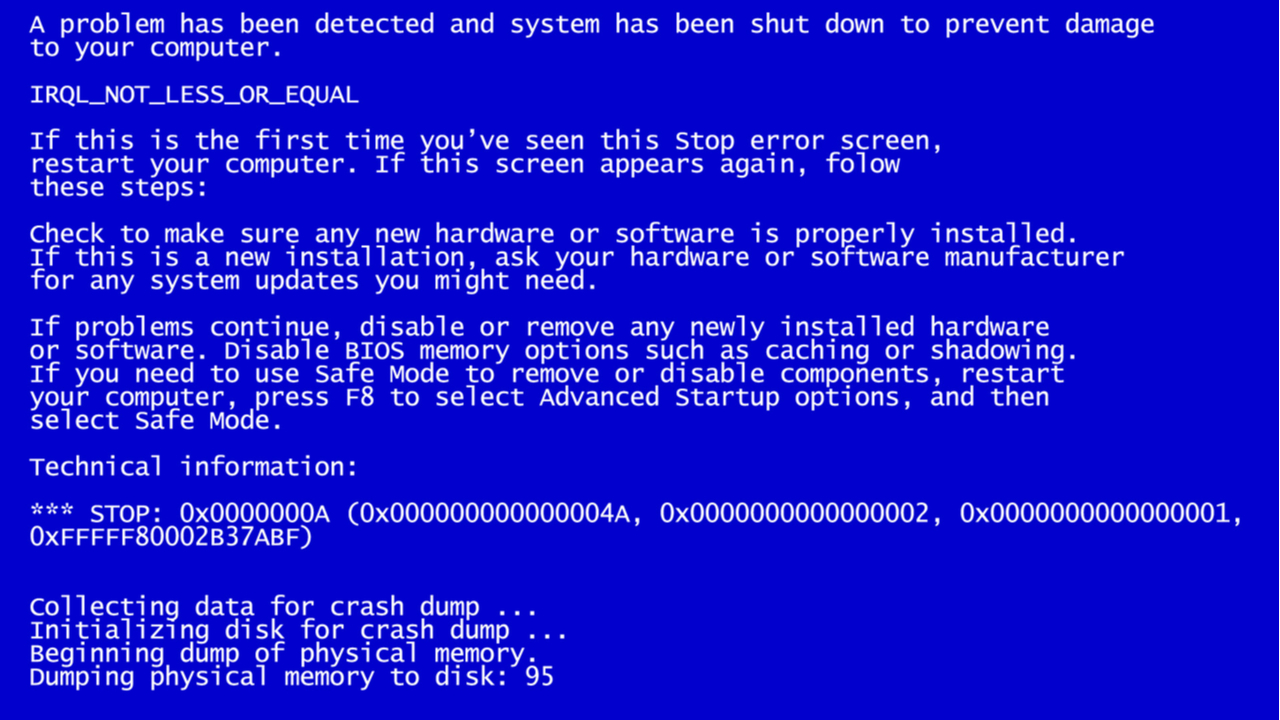



Now, select Search automatically for updated driver software, and Windows will automate the process for you. Unfurl the Network adapter section, right-click the driver for your Wi-Fi adapter or Ethernet adapter (or both), and select Update driver. If there aren't any, it is unlikely a driver is the source of the issue. Check down the list for any yellow error indicators. Type device manager in the Start Menu search bar and select the Best Match. If the driver update history page doesn't reveal anything, it is time to check out the Device Manager. You can find any driver that needs an update here. If you want to view any recent driver updates, Press Windows Key + I to open the Settings panel, then select Update & Security > View update history. Driver faults are less common on Windows 10 than with older versions of Windows, but they absolutely still happen. It also doesn't stop driver corruption, where the driver becomes buggy or corrupt over time. Windows 10 takes care of your driver updates, but that doesn't mean the occasional driver doesn't slip the net. Your system will reboot during the process. If there is an update, save any important files, then press Restart now. Now, head to Update & Security, then check under Windows Update for any pending updates. Hit Windows Key + I to open the Settings panel.


 0 kommentar(er)
0 kommentar(er)
